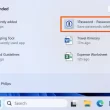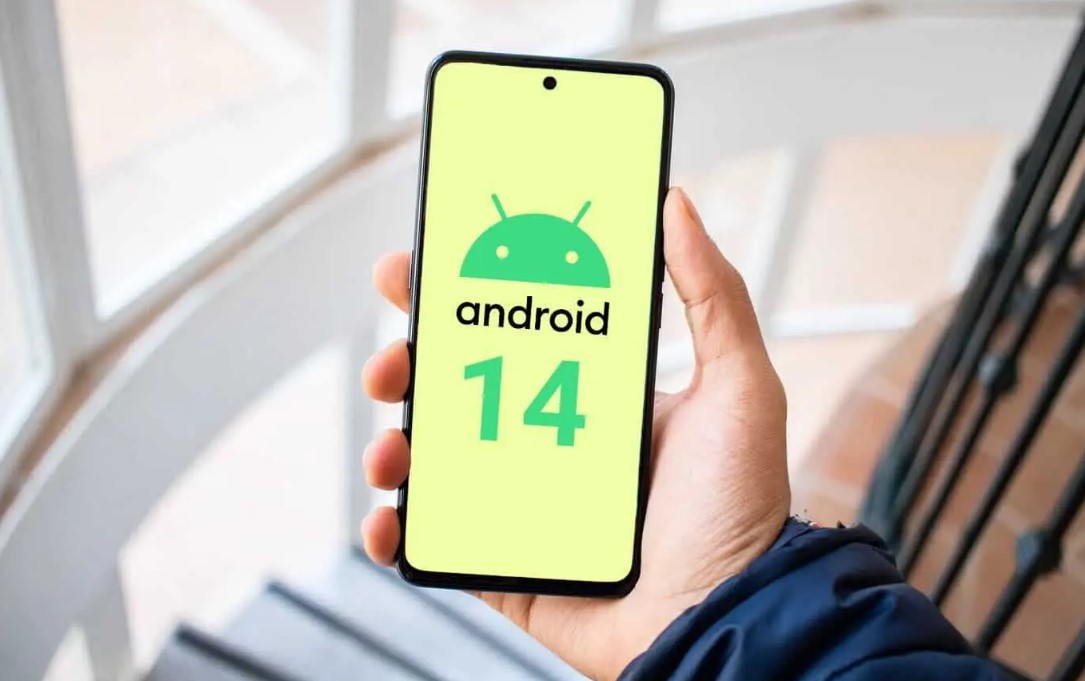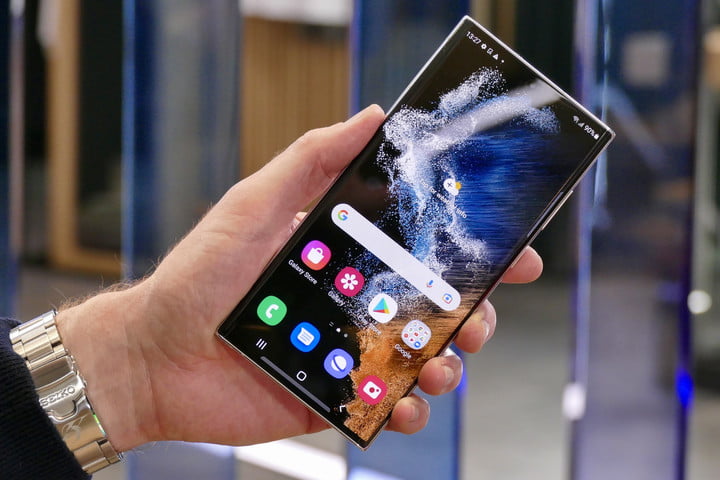Are you looking to enhance your privacy or access geographically restricted content on your Android device? Changing your location can help you achieve these goals. In this comprehensive guide, we will explore various methods to change your location on Android and provide you with actionable steps to do so easily and safely. Whether you want to tweak your phone settings, adjust app permissions, or leverage a virtual private network (VPN), we’ve got you covered. Let’s dive in and discover how to change your location on Android effectively.
Changing the location on your Android device can have several benefits, such as enhancing your privacy, protecting your data, and accessing region-specific content on streaming services. Fortunately, there are multiple methods available to change your location, allowing you to choose the one that best suits your needs. In the following sections, we will explore these methods in detail, providing you with step-by-step instructions and valuable insights.
Using a VPN on Android
Why Use a VPN?
A Virtual Private Network (VPN) is an effective tool for changing your Android location. It not only allows you to access region-locked content on streaming services but also provides an additional layer of security by encrypting your online activities. By connecting to servers in different regions of the world, a VPN can mask your real location, making your Android device appear as if it is in a different country or state.
Choosing a VPN
When selecting a VPN for your Android device, it’s essential to choose a reliable and reputable provider. Consider factors such as server locations, connection speed, encryption protocols, and user-friendly interfaces. Some popular VPN options for Android include NordVPN and Private Internet Access. These providers offer a wide range of servers and robust security features to ensure a seamless and secure browsing experience.
Setting Up a VPN
Setting up a VPN on your Android device is a straightforward process. Follow these steps to get started:
- Visit the Google Play Store and search for a VPN app that suits your needs.
- Choose a VPN app from a reputable provider, such as NordVPN or Private Internet Access.
- Install the selected VPN app on your Android device by tapping the “Install” button.
- Once the installation is complete, open the app and follow the on-screen prompts to set up the VPN.
- Select a server from the available options to connect to it. This will change your Android location and hide your true IP address.
By following these steps, you can easily set up a VPN on your Android device and enjoy the benefits of a changed location.
Turning Location Settings On and Off
If you prefer not to use a VPN, you can also control your Android device’s location settings to enhance your privacy and restrict app access to your location data.
Disabling Location
To turn off location settings on your Android device, follow these simple steps:
- Swipe down from the top of your phone’s screen to access the Quick Settings menu.
- Locate the Location button and tap it to toggle it on or off. When the button is blue, location settings are active, and when it is gray, location settings are disabled.
- If you choose to disable location settings, a warning message will appear, explaining the potential consequences of turning off location services. Read the message and select “Close” to proceed or “Turn on Location” to keep location services enabled.
Please note that disabling location settings may affect certain app functionalities, such as location-based apps, Find My Device, emergency alerts, and automatic time zone changes. Consider these factors before disabling location services on your Android device.
Customizing Quick Settings
To make it easier to access location settings, you can customize your Quick Settings menu by adding the Location button. Follow these steps to add the Location button to your Quick Settings:
- Swipe down from the top of your phone’s screen to access the Quick Settings menu.
- Tap the three vertical lines in the upper right corner of the screen.
- Select “Edit” to enter the editing mode.
- Locate the Location button and drag it to the desired position on the Quick Settings menu.
- Tap “Done” to save your changes.
By customizing your Quick Settings menu, you can quickly enable or disable location settings with just a few taps.
Adjusting App Permissions
If you want more control over which apps have access to your Android device’s location data, you can adjust app permissions individually.
Managing App Permissions
To manage app permissions on your Android device, follow these steps:
- Go to the Settings menu on your Android device.
- Scroll down and tap on “Apps” or “Applications,” depending on your device’s settings.
- Select the app for which you want to change the permissions.
- Tap on “Permissions” to view the app’s current permissions.
- Review the permissions and decide which ones you want to enable or disable.
By managing app permissions, you can ensure that only the necessary apps have access to your location data, thereby enhancing your privacy and control over your Android device.
Changing Location Permissions
To change the location permissions for a specific app, follow these steps:
- Access the app’s permissions menu using the steps mentioned in the previous section.
- Locate the “Location” permission and tap on it to access the available options.
- Choose the permission level that suits your preferences. You can select options such as “Allow all the time,” “Allow only while using the app,” or “Deny.”
By customizing the location permissions for individual apps, you can ensure that your Android device’s location data is only shared when necessary, increasing your control over your privacy.
Optimizing Location Accuracy
Having accurate location data is crucial for various app functionalities and phone settings. Android devices use multiple sources, such as GPS, Wi-Fi networks, mobile networks, and sensors, to determine your location accurately. By optimizing your location accuracy settings, you can ensure that your Android device accurately pinpoints your location.
The Importance of Location Accuracy
To achieve the best location accuracy, consider the following steps:
- Swipe down from the top of your phone’s screen to access the Quick Settings menu.
- Press and hold the Location button until a new menu appears.
- Select “Location services” to access the location settings.
- Tap on “Google Location Accuracy” to view the available options.
- Toggle the “Improve Location Accuracy” switch on or off, depending on your preferences.
By enabling Google Location Accuracy, you allow your Android device to use multiple sources to determine your location, resulting in improved accuracy for various apps and services.
The Safety of GPS Spoofing
GPS spoofing is a method that some individuals use to change their location on Android devices. However, it’s essential to understand the potential risks and safety concerns associated with this practice.
Understanding GPS Spoofing
GPS spoofing involves manipulating your device’s GPS signals to make it appear as if you are in a different geographic location. While it may sound tempting, using GPS spoofing apps is generally not recommended due to several security risks and potential issues.
Risks of GPS Spoofing Apps
GPS spoofing apps, such as Fake GPS location apps, often come with misleading claims and can cause significant problems. For instance, if you uninstall the app, your GPS location may remain locked to the last fake location, requiring you to download another app to fix the issue. Additionally, some GPS spoofing apps may compromise your device’s security and expose your personal data to potential threats.
To ensure your safety and protect your device and data, it is advisable to use more reliable methods, such as VPNs or adjusting app permissions, to change your Android device’s location.
How Location Works on Android
Understanding how location services work on your Android device can help you make informed decisions regarding your privacy and app functionalities.
The Role of Location Services
Location services on Android enable various features and functionalities, including earthquake alerts, emergency location services, Google Location Accuracy, Google Location History, and Google Location Sharing. These services utilize a combination of GPS, Wi-Fi scanning, Bluetooth scanning, and other sensors to determine your device’s location accurately.
Balancing Privacy and Functionality
While protecting your privacy is crucial, disabling location services entirely may result in the loss of certain functionalities. For example, turning off location services may render apps that rely on location data, such as maps or navigation apps, ineffective.
To strike a balance between privacy and functionality, consider using a reliable VPN to hide your geographical location while ensuring that your apps continue to function properly. Alternatively, you can customize app permissions to control which apps have access to your location data, promoting greater control over your privacy.
Android Location FAQs
Changing VPN Location on Android
To change your VPN location on Android, follow the instructions provided by your VPN provider. Generally, you can navigate to the servers list within the VPN app and select your desired server location. Changing your VPN location is a straightforward process, allowing you to mask your current location without compromising your security or app functionality.
Changing Location Without a VPN
Changing your Android device’s location without a VPN is not recommended. GPS spoofing, although technically possible, is unreliable and potentially unsafe. Instead of relying on GPS spoofing, you can adjust your location permissions for individual apps or disable location services entirely.
Troubleshooting Location Accuracy
If your Android device’s location accuracy is not up to par, consider the following steps:
- Make sure Google Location Accuracy is enabled in your device’s settings.
- Verify that your device has a clear line of sight to GPS satellites for better signal reception.
- Restart your device and check if the location accuracy improves.
- Consider enabling high-accuracy mode in your device’s location settings for more precise location data.
By following these troubleshooting steps, you can enhance your Android device’s location accuracy and ensure a better user experience.
Bottom Line
Changing your Android device’s location can significantly enhance your privacy and provide access to region-specific content. Whether you choose to use a VPN, adjust location settings, or customize app permissions, it’s essential to prioritize your privacy and security. By following the methods outlined in this guide, you can easily and safely change your Android location to suit your needs. Remember to choose a reliable VPN provider, consider the potential risks of GPS spoofing, and strike a balance between privacy and functionality. Take control of your Android device’s location and enjoy a safer and more personalized online experience.







